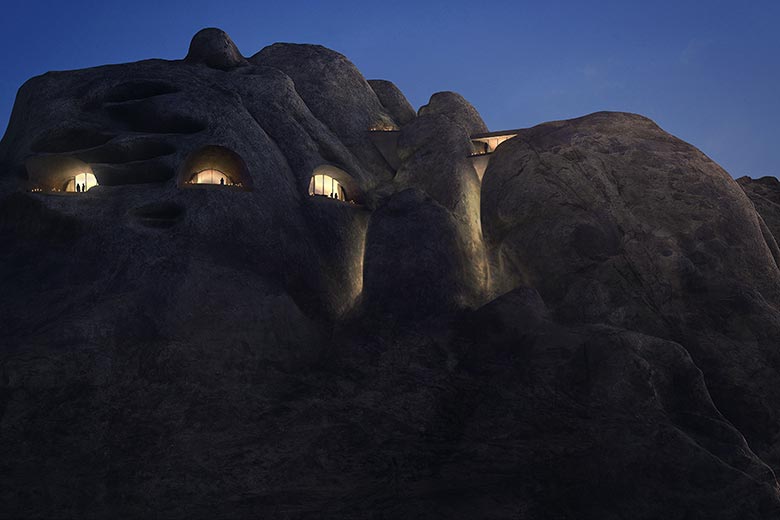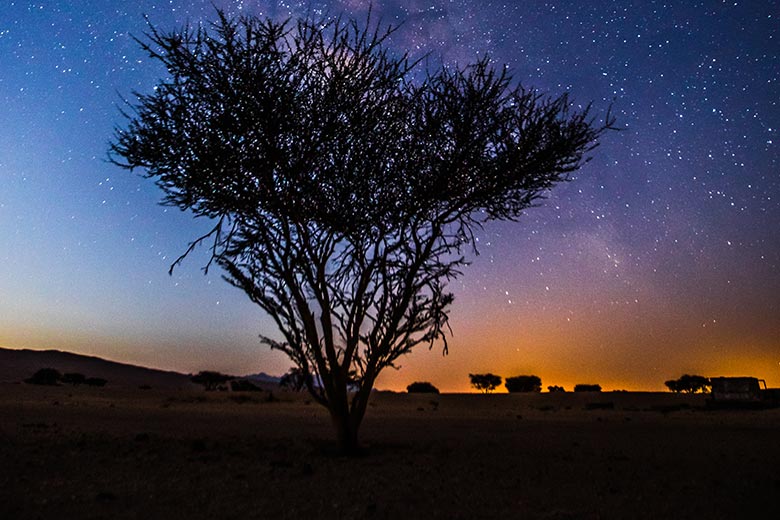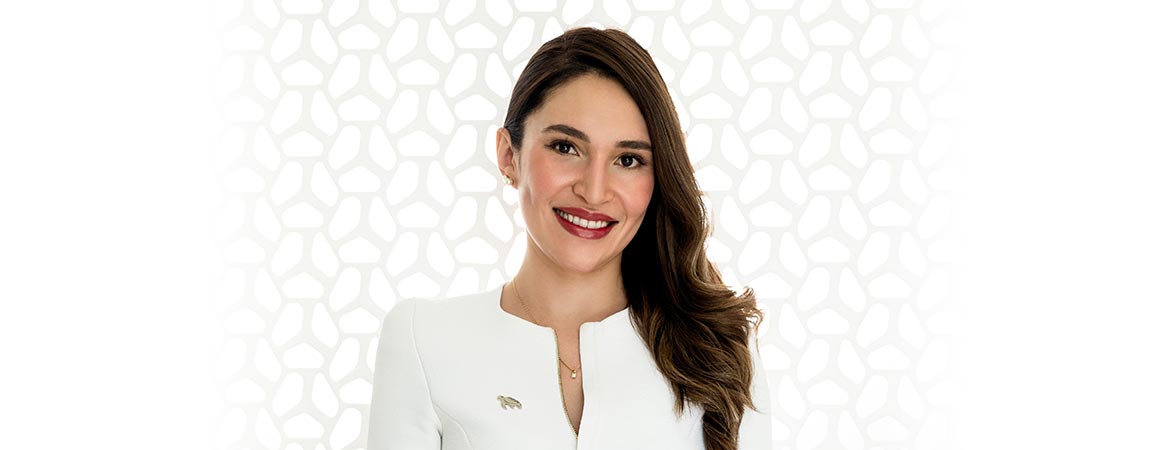Born and raised in Quito, Ecuador, Myriam Patricia Lopez Yanez, an architect and lighting designer, learned to appreciate history, nature and architecture from a very young age, all aspects vital to The Red Sea Project. She has taken the opportunity to nurture her passions, too, including working for the United Nations WFP on contingency housing projects in the Amazon.
Having worked on various prestigious projects in locations as diverse as the UAE, Egypt and Serbia, Patricia is now Lighting Director on The Red Sea Project. Here, she talks to Saudi Projects about creativity, sustainability, and tackling the sheer size and scope of one of the world’s most forward-looking and imaginative developments.
SPM: Lighting is a pretty broad discipline, so what exactly is your brief on The Red Sea Project?
Patricia: The brief revolves around architectural lighting, a discipline that focuses on creating moods with lighting. It’s a relatively new specialisation, and it covers everything from both interior and exterior perspectives, including landscape lighting and the overall masterplan vision. Sometimes, we imagine special effects when we think of lighting, but this is more architectural lighting.
SPM: For a lighting designer, The Red Sea Project must sometimes seem like you’ve landed in Disney World – for it does seem to be shaping up as something of a magic kingdom?
Patricia: Yes, it is very special because of how The Red Sea Development Company has decided to approach the lighting. It is a unique slant inspired by the principles of the International Dark-Sky Association (IDA), which dictates that we use lighting in a very conscious way. Not only do we use lighting to enhance buildings; we also think about its effects on humans, on the sky, and the endangered species that call the Red Sea their home. So it is a very unusual project and not how we would usually approach lighting. It is a learning process for me and all of the consultants because it’s a very sustainable and delicate approach to lighting.

Not only do we use lighting to enhance buildings; we also think about its effects on humans, on the sky, and the endangered species that call The Red Sea their home
SPM: So, this is a very different kind of project for everyone involved?
Patricia: It’s the first project I’ve had the opportunity to work on with such breadth and such high expectations. I only joined The Red Sea Project less than a year ago, but the company has been working for this certification since the conception of the masterplan.
SPM: You spoke of creating a mood with light, but where do you get your inspiration from?
Patricia: The Red Sea Project is a sustainability-driven development, so our inspiration is the turtle and all of the animals and marine life. The inspiration came from caring for the environment. It’s not only about making a statement for the building; yes, it’s about creating a really good mood, but at the same time balancing it with environmental needs, including the sky, which is so special in Arabic culture. When I’ve spoken to people in Saudi, or where I used to live before in the UAE, they always tell me that their ancestors used the North Star for guidance. Nowadays, in big cities like London, New York and Dubai, you cannot see the stars, as they are flooded with light.
SPM: How much of a free hand are you being given on this project in a creative sense?
Patricia: The Red Sea Project has a clear vision of what it wants, and we make sure that all of our designers understand that vision. We are very detailed in the way we view the project, but we are also given space for creativity.
I think the most creative projects come from restrictions, and it is my day-to-day task to speak to our lighting designer/consultants and, for example, say no, we cannot use these effects, but let’s challenge ourselves. Let’s come up with new approaches to lighting. So, I don’t see the masterplan as a restriction. I see it as the source of creativity.
The Red Sea Project is a sustainability-driven development, so our inspiration is the turtle and all of the animals and marine life
SPM: How many lighting designers do you have working on The Red Sea Project?
Patricia: We have around 12 lighting designers; they are multi-national, which has been very interesting, seeing the different ways they approach the project. We have lighting designers from the States, from the UK, and more local, like the UAE. So, we have a very international expertise, and it’s really remarkable how we all come together with just the one vision in mind.
SPM: How long have you been working on the project, and how long do you think you will be employed on it?
Patricia: I have been working on it personally for around a year, and the team has been working on it since the conception of the masterplan in 2018. But what I can say is that the role of the lighting designers started at the very beginning. Then our core team took charge in order to review the design process. After that, we have to make sure it’s not only a beautiful design but that it’s implemented correctly, so we have to work closely with the operators that will manage each hotel. We have sophisticated smart systems that will make sure that the vision and all of the parameters set out in the design process are carried through in the operations of the hotels.
SPM: What would you say your biggest challenge is with this project?
Patricia: I would say it is pushing the boundaries in terms of creativity. I’ve had a few instances of designers saying that they cannot use their typical approach to lighting a hospitality project. The trees and other features cannot be illuminated in specific ways, and what I tell them is to look outside of the box and find other ways to light the environment. It is a challenge, but I’m so proud that the lighting designers have come up with beautiful schemes that actually work. But we’ve had to have workshops and ask, for example, how we can make everything work if we cannot use our typical up-lighting in the trees, so it’s been a fascinating and challenging process.

Nowadays, in big cities like London, New York and Dubai, you cannot see the stars, as they are flooded with light
SPM: What is it like working with The Red Sea Development Company?
Patricia: Oh, I love it! It is such a good learning experience because my background was commercially driven. I think some projects need to be lit very brightly.
But thinking outside of the box and taking on board what’s happening in the world – taking care of our planet and both our own and other species – is the right thing to do. Dark Sky Lighting is not a topic much discussed nowadays, although it is a subject that is becoming more ‘trendy’, but the awareness needs to grow because it’s getting out of control with the development of leading-edge technologies. We used light when we needed it in the past, but now with LEDs, we can produce colour-changing and dynamic effects, and sometimes it all becomes too much.
SPM: So, it’s been educational too?
Patricia: It’s been a great experience for the entire team, as we’re all learning day by day about vital aspects such as Dark Sky principles. And we are all so proud to be working on such an extraordinary and environmentally-led project.
